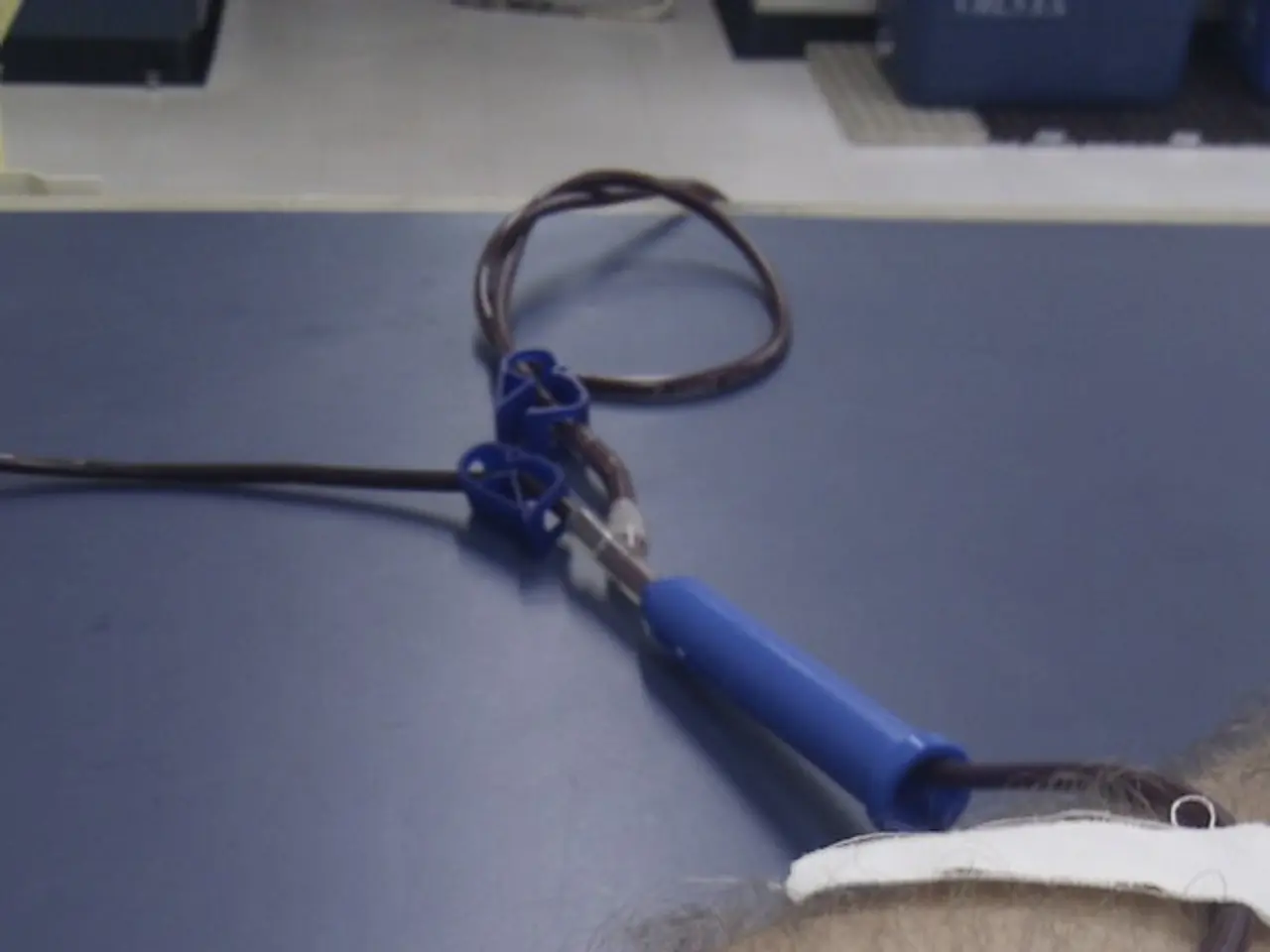Treatment Methods and Frequently Asked Questions Regarding Surface Vein Clots
Superficial vein thrombosis (SVT) is a condition characterised by inflammation and clotting in veins near the surface of the body. It can occur in the limbs or chest area and, if left untreated, may progress to more serious conditions like deep vein thrombosis (DVT) or pulmonary embolism (PE).
Fortunately, there are several treatment options available for SVT. Common approaches include anticoagulant therapy, minimally invasive vein procedures, compression stockings, lifestyle changes, and medication for skin infections or dermatitis (if present). In some severe cases, surgery may be necessary.
Anticoagulant Therapy
Anticoagulant therapy is often the first line of defence against SVT. This treatment aims to reduce the risk of clot extension or migration. Common anticoagulants include low molecular weight heparin (LMWH) and oral anticoagulants. While effective, anticoagulants come with potential side effects, such as bleeding complications, bruising, allergic reactions, and rarely, heparin-induced thrombocytopenia.
Minimally Invasive Vein Procedures
Minimally invasive vein procedures address underlying vein disease to prevent SVT recurrence. Procedures like Endovenous Laser Vein Treatment (EVLT or EVLA), ClariVein®, Varithena, Ultrasound-Guided Sclerotherapy (USGS), VenaSeal™, Radiofrequency Ablation (RFA), and Visual Sclerotherapy are commonly used. These procedures have varying potential side effects and risks, but generally, they are minimally invasive with low risks of major complications.
Compression Stockings
Compression stockings are often recommended for SVT cases where swelling accompanies the condition. They support circulation and reduce swelling. However, they may cause discomfort, skin irritation, or improper fit if not used correctly.
Lifestyle Changes
Regular exercise, weight loss, smoking cessation, and avoiding prolonged standing or sitting can help manage SVT symptoms and prevent recurrence. While these changes do not have direct side effects, they require patient compliance.
Medication for Skin Infections or Dermatitis
If skin complications associated with venous disease are present, antibiotics and steroid ointments may be prescribed. As with any medication, these treatments come with potential side effects, including allergic reactions or skin thinning with steroids.
Surgery
Surgery is typically reserved for severe or complicated SVT cases, involving vein repair or removal. This option carries potential risks such as infection, bleeding, nerve injury, and longer recovery times.
In summary, treatment for SVT is tailored to the severity of symptoms and individual patient factors, balancing efficacy and side effect profiles. For SVT specifically, anticoagulation and minimally invasive procedures are the mainstays, with bleeding and localized procedural side effects being the most common concerns. If you suspect you have SVT, it's crucial to consult a healthcare professional for an assessment and appropriate treatment.
[1] Mayo Clinic. (2021). Superficial thrombophlebitis. [online] Available at: https://www.mayoclinic.org/diseases-conditions/superficial-thrombophlebitis/symptoms-causes/syc-20369965
[2] American Society for Vascular Surgery. (2021). Superficial Thrombophlebitis. [online] Available at: https://vascularweb.org/patients/diseases-and-conditions/superficial-thrombophlebitis/
[3] National Heart, Lung, and Blood Institute. (2021). Blood clots: Clotting and bleeding disorders. [online] Available at: https://www.nhlbi.nih.gov/health-topics/blood-clots-clotting-and-bleeding-disorders
[4] American College of Phlebology. (2021). Superficial Thrombophlebitis. [online] Available at: https://www.acpweb.org/patients/diseases-and-conditions/superficial-thrombophlebitis/
[5] American Venous Forum. (2021). Endovenous Laser Treatment (EVLT). [online] Available at: https://www.venousforum.org/patients/treatments/endovenous-laser-treatment-evlt/
- Anticoagulant therapy, such as low molecular weight heparin (LMWH) and oral anticoagulants, is often employed to reduce the risk of clot extension or migration in superficial vein thrombosis (SVT), but it may lead to side effects like bleeding complications, bruising, allergic reactions, and heparin-induced thrombocytopenia.
- In severe or complicated SVT cases, surgery may be necessary, carrying potential risks such as infection, bleeding, nerve injury, and longer recovery times.
- Minimally invasive vein procedures, including Endovenous Laser Vein Treatment (EVLT or EVLA), ClariVein®, Varithena, Ultrasound-Guided Sclerotherapy (USGS), VenaSeal™, Radiofrequency Ablation (RFA), and Visual Sclerotherapy, address underlying vein disease to prevent SVT recurrence and have varying potential side effects and risks.
- Compression stockings, which support circulation and reduce swelling, are often recommended for SVT cases where swelling accompanies the condition, but they may cause discomfort, skin irritation, or improper fit if not used correctly.




